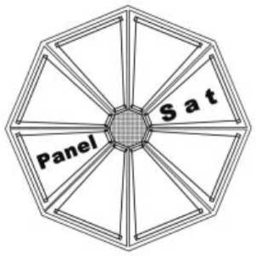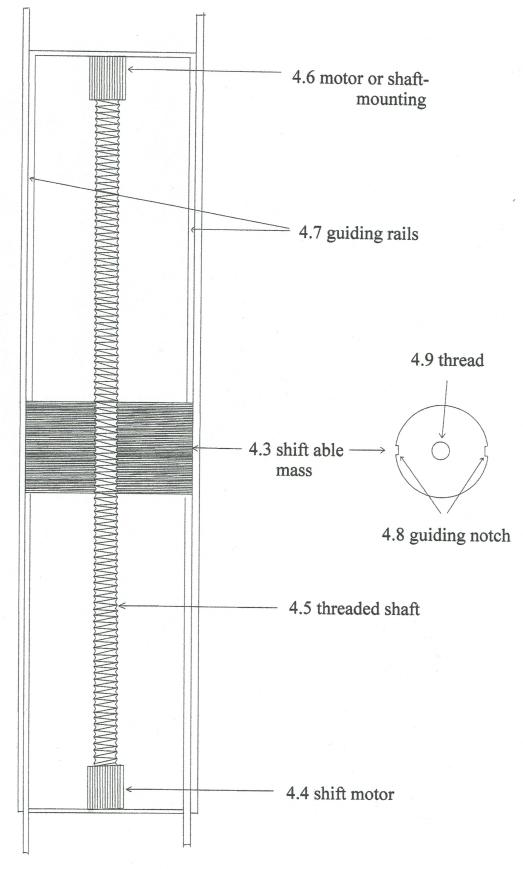
© PanelSat GmbH



| Home | History | SoSo-steering | MSU | DTU | Operation | Contact |

|
Gravitational Attitude Control and Inertia Transfer (via MSUs) Orphée et al. describe in their paper the NASA NEA Scout spacecraft, which autonomously manages its momentum by shifting the center of mass (CoM) using a newly developed AMT (Active Mass Transfer) unit. PanelSat adopts a similar principle but implements it with a distinct structural and functional design. PanelSat’s Mass Shifting Units (MSUs) are mounted in opposing pairs at the spacecraft’s rim. Each MSU moves an internal mass vertically, relative to the spacecraft’s structural plane. Unlike thrust-based systems, these movements aim to redistribute mass intentionally, allowing the spacecraft to react to external gravitational forces without expelling any propellant. The key idea behind this concept is balancing: By adjusting the internal mass distribution with respect to a vertical reference – real or virtual – the system is expected to reach a self-stabilizing state where gravitational torques are minimized or cancelled. This would result in a passive, gravity-guided orientation of the spacecraft. As a reference, the system uses: a real thread, in ground-based testbeds where the satellite is suspended, or a virtual gravity line, inferred from onboard inertial sensors during free-flight. While this principle is mechanically implemented and theoretically sound, it has not yet been experimentally validated in microgravity. A proposal has been submitted to ESA to investigate this “virtual thread” control principle aboard the ISS. The goal is to confirm whether gravitationally guided balancing via internal mass shifting can provide a reliable and propellant-free method of spacecraft attitude control – or whether the concept requires revision. If successful, this would greatly simplify the design, simulation, and testing of PanelSat-based spacecraft: The virtual thread would serve as a universal alignment reference, allowing engineers to test attitude behavior under gravitational influence (by using a real thread on a suspended model) without complex sensor networks or ground-based analogues. This would enable low-cost validation scenarios, straightforward microgravity demonstrations, and ultimately more accessible pathways for early mission development and qualification. Inertia TransferMSUs allow also Inertia transfer via mass motion. It is governed by conservation of angular momentum. When masses accelerate along a radial axis or a circular track inside the satellite structure, they apply torque to the supporting frame. By synchronizing opposing mass movements (e.g. MSU1 upward, MSU2 downward), rotational acceleration of the satellite body is induced, analogous to a reaction wheel system but without rotating parts. |
| Home | History | SoSo-steering | MSU | DTU | Operation | Contact |